Build Quality:
The complete unit, apart from its bottom, is made of black aluminium. As mentioned before, the knob is taking up quite a space on top of the unit. To me that’s fine, I like it when I don’t have to fiddle around with small volume potentiometers. It’s accessible and turning it is very easy, maybe a little more resistance wouldn’t have hurt. On top of the Element you will find the company logo printed in white.
When you order your own Element DAC/amp, you get to chose between different rings below the volume knob. Copper, red or black are the poisons to pick from. I went with the copper ring, as I think it looks really nice with the black housing.
The unit is finished very well, with no sharp edges or scratch marks, just like it should be in my opinion. The bottom part of it is covered what seems to me as rubber, with four small feet. This should guarantee that the Element isn’t sliding across your table, making scratches in the surfaces. In practice it stands still, but is easily moved as it doesn’t stick that much to the surface. I’m fine with that, as long as it doesn’t put any scratches in my table.
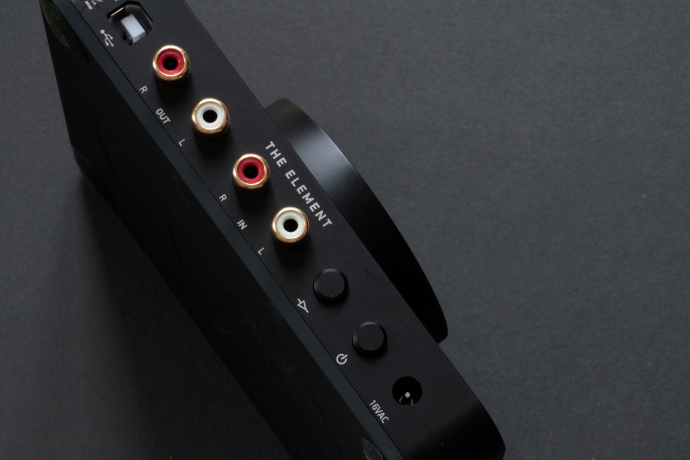
JDS Labs The Element
All connections, except headphone output, can be made on the rear of the Element. While that is perfectly normal, I would have liked to see the gain switch somewhere else. Maybe on front or on either left or right hand side. This would make it more accessible in my opinion. Also some form of indication what stage (high or low gain) is used would’ve been useful.
Over all the build quality is excellent and doesn’t leave anything to desire. It’s well made and looks very durable. The only thing I’d change is, as said, the gain switch location.
Sound:
I have this one monitor that I always hook up first to new gear, because it is able to show me all the changes in the audio chain. It is one of the most sensitive monitors I have to pick up electronic hissing. Katana manages to tell me everything about new gear, be it DAC/amp like the Element or a new cable. That’s one reason why I love Katana so much, for reviewing it is excellent and it sounds bloody awesome. Katana is absolutely dead silent and doesn’t pick up the slightest audible hiss, maybe hiss-king Nathan could hear some, I don’t.
Since the Element offers two different ways to use it (digital and analogue input) I’ll try to go through the sound of both.
DAC/amp (digital input)
Using the digital input, feeding the Element via USB and Roon, gives it a nice slightly warmer tonality. Transparency is well achieved with good amounts of air between the instruments. The sound stage stretches in good dimensions, but isn’t the widest or deepest I’ve heard Katana perform. Detail retrieval is at a high level, resolution is remarkable. Imaging is quite good, with great left and right separation.
What struck me first was the very nice dynamics in the lows. Bass is full and rounded with great texture. Bass reaches deep, with emphasis on mid and sub-bass. It delivers an enjoyable experience and never loses control over bass. It might be missing some authority for some though.
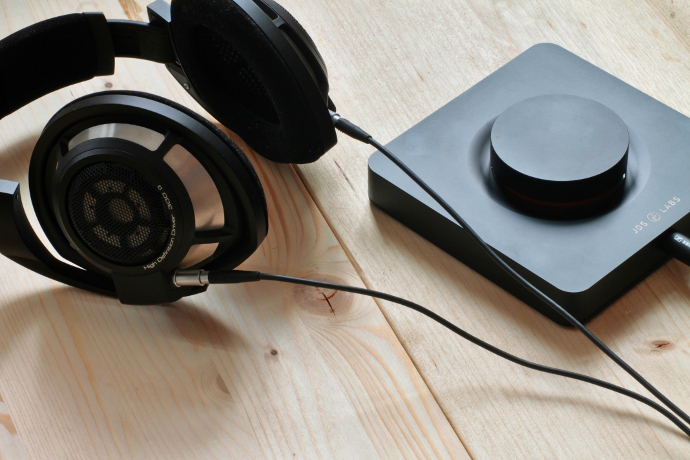
JDS Labs The Element
Mids are smooth and organic, with great layering and transparency. Vocals, male and female, sound very harmonic and emotional. They transport emotions with care. Guitars and keys have decent weight to them, making them realistic and full. Mids have a slight warmth in them to give a blood infused and fuller bodied picture. Vocals are centered and appear in line with the rest. Mids aren’t the richest out there, but concentrate more on a balanced and more neutral approach.
Treble is of softer kind, a little recessed and misses some sparkle up top. Usually Katana has a warmer treble response, this is missing with the Element. It’s slightly darker and more laid back than I’m used to. I also feel it is missing some extension. It is not harsh or overly bright, with no signs of sibiliance to make it capable of a long run without fatigue.
Amplifier (analogue input)
Now using the splendid Hugo2 to do the digital processing, feeding the RCA inputs of the Element.
The signature changed noticeably to a more balanced sound, yet still retaining the warmth and body in lows and mids. It however renders at a higher rate with bigger transparency. Giving the music more see-through character.
Treble is more in line with mids and bass now, having a smoother and more enjoyable tone.
Sound stage is slightly bigger with more depth and width, though it does not have the same dimensions the Hugo2 has as a standalone unit. Stereo imaging is enhanced in comparison to the digitally fed Element.
A little more about Performance and Conclusion on the last page!





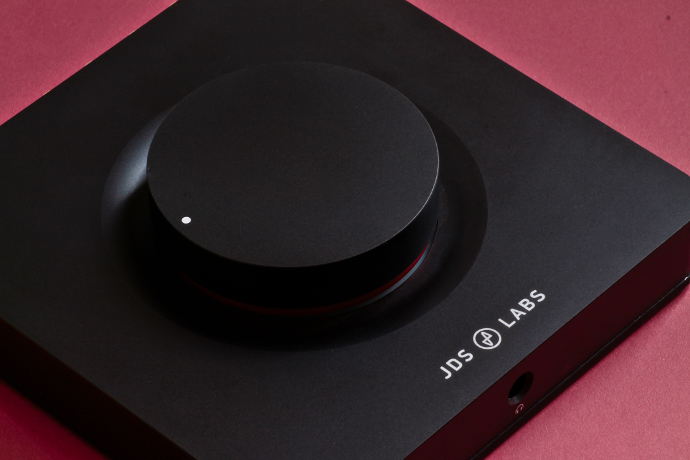
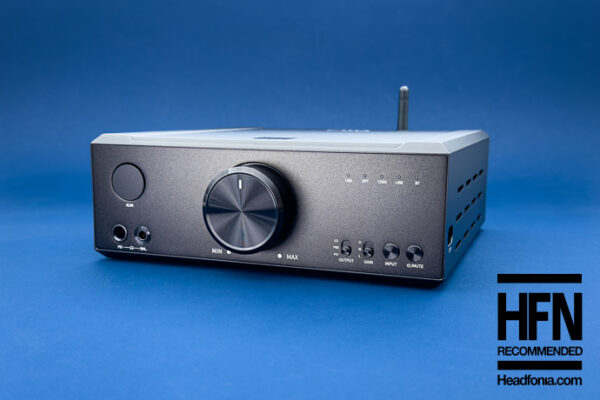
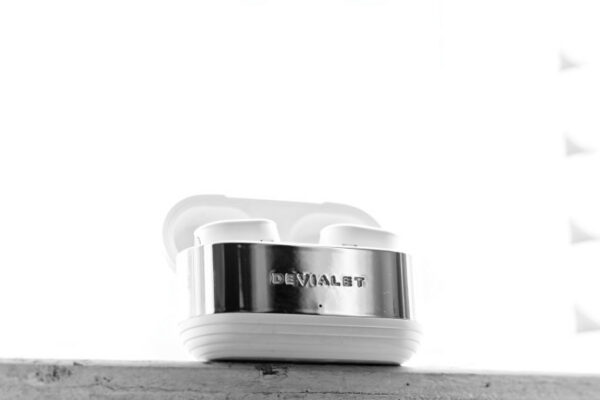
Ken Shapiro
My first headphone amp? Speakers are soooo 20th century. The future is headphones bubbles. The better the sound …. the better. I’d like to explore further down this road.